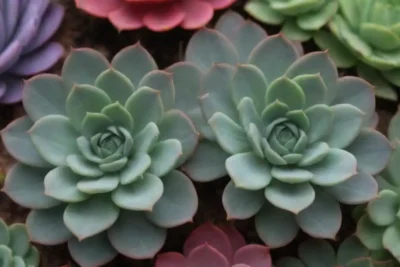
The Ultimate Guide to Detecting Rare Succulent Species Quickly
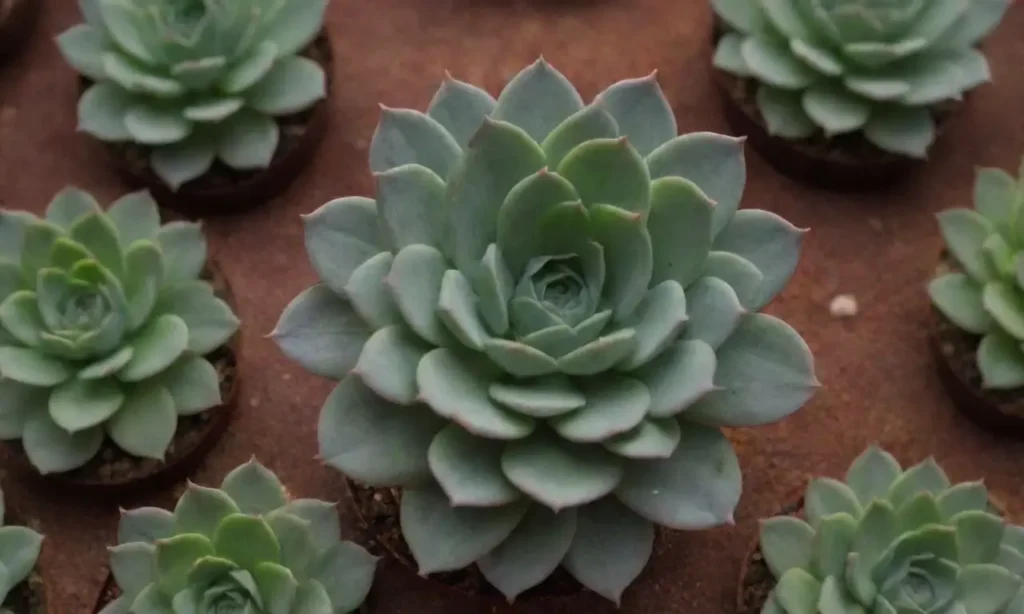
Introduction
Succulents have become incredibly popular over the years, not only for their beauty but also for their low maintenance needs. However, within this vast family of plants, rare succulent species hold a unique allure for collectors and enthusiasts alike. These unique flora can add exceptional charm to any collection while also representing a conservation challenge. In this article, we will explore the essentials of detecting these rare species rapidly, covering the key characteristics of succulents, tips for identification, and other practical advice every enthusiast should know.
The goal of this guide is to equip you with the necessary insights and tools to identify rare succulent species more effectively. Whether you are an experienced collector or just starting, understanding how to spot these rare plants quickly can make your horticultural endeavors more rewarding. In the forthcoming sections, we will delve deeply into various aspects of succulent identification, fostering a greater appreciation for these fascinating plants while enhancing your collection at the same time.
Understanding Succulents and Their Characteristics
To successfully identify rare succulent species, it’s essential to understand the general characteristics of succulents. By definition, succulents are plants that have adapted to store water in their leaves, stems, or roots. These adaptive features allow them to thrive in arid environments, making them an excellent choice for gardeners in dry climates or those who prefer low-maintenance plants.
Most succulents share a few vital characteristics, such as fleshy leaves and stems that can retain moisture. Leaves are often reduced or modified into spines to minimize water loss, which is especially common in cacti. The intensity of these traits may vary across species, but they all serve the same fundamental purpose: survival in challenging conditions. Understanding these characteristics will help you identify common forms of succulents and set a foundation for spotting rarer species.
Even though many succulents look somewhat similar, there is tremendous diversity within the family. Some rare species may feature unique textures, colors, or growth habits that differentiate them from their more common counterparts. For example, the Adromischus genus includes several rare types, characterized by their thick, button-like leaves, some of which exhibit spots or varying hues. Additionally, understanding the environment from which these species originate can also provide clues, as many rare succulents have specific growing conditions.
Tips for Quickly Identifying Rare Succulent Species
Conducting Visual Assessments
When encountering a succulent, your first instinct may be to closely examine the plant. Pay attention to the leaf structure, color, and growth form of the succulent. Rare species, such as those from the Haworthia genus, often present incredibly diverse foliage shapes and colors, ranging from dark greens to stunning whites and even variegated patterns. Take time to observe the plant's overall silhouette, including its height, spread, and branching structure.
Additionally, the surface texture of the leaves can also provide critical clues; some rare species may have smooth, glossy leaves, while others can be rough or have a powdery coating. Fuelling your passion for plants by learning more about morphological differences will empower you to discern between variations more quickly.
 Rare Succulents: A Guide to Their History and Cultural Significance
Rare Succulents: A Guide to Their History and Cultural SignificanceUtilizing Resources for Research
To speed up the identification of rare succulents, take advantage of the wealth of online resources at your disposal. There are multiple forums, websites, and apps dedicated to plant identification that offer photographs and descriptions, making it easier to compare your discoveries with documented rare species. Websites like the Cactus and Succulent Society of America or Plant Addicts provide interesting and valuable resources regarding care, characteristics, and identification of diverse succulent species.
Moreover, make it a habit to carry a small field guide with you or download identification apps on your smartphone. These tools can provide essential information quickly, allowing you to cross-reference characteristics whenever you're uncertain. Such personal resources can be organized for convenient reference, helping you develop a more informed eye for recognizing rare specimens.
Engaging with Fellow Collectors
One of the most effective means of enhancing your succulent identification skills is by involving yourself in the community. Join local gardening clubs or online succulent forums, where you can connect with other collectors to share knowledge and experiences. Engaging in discussions about rare species can provide insights that may not be easily found in written records, such as tips on growing conditions that work best for specific rarities.
Participating in plant swap events can also provide you with the unique opportunity to acquire rare specimens directly from seasoned collectors. In addition to expanding your collection, these exchanges can lead to valuable conversations that enhance your understanding of rare species. Building relationships within the community will not only improve your identification skills but can also deepen your appreciation for the world of succulents.
Adapting to the Environment and Recognizing Habitats
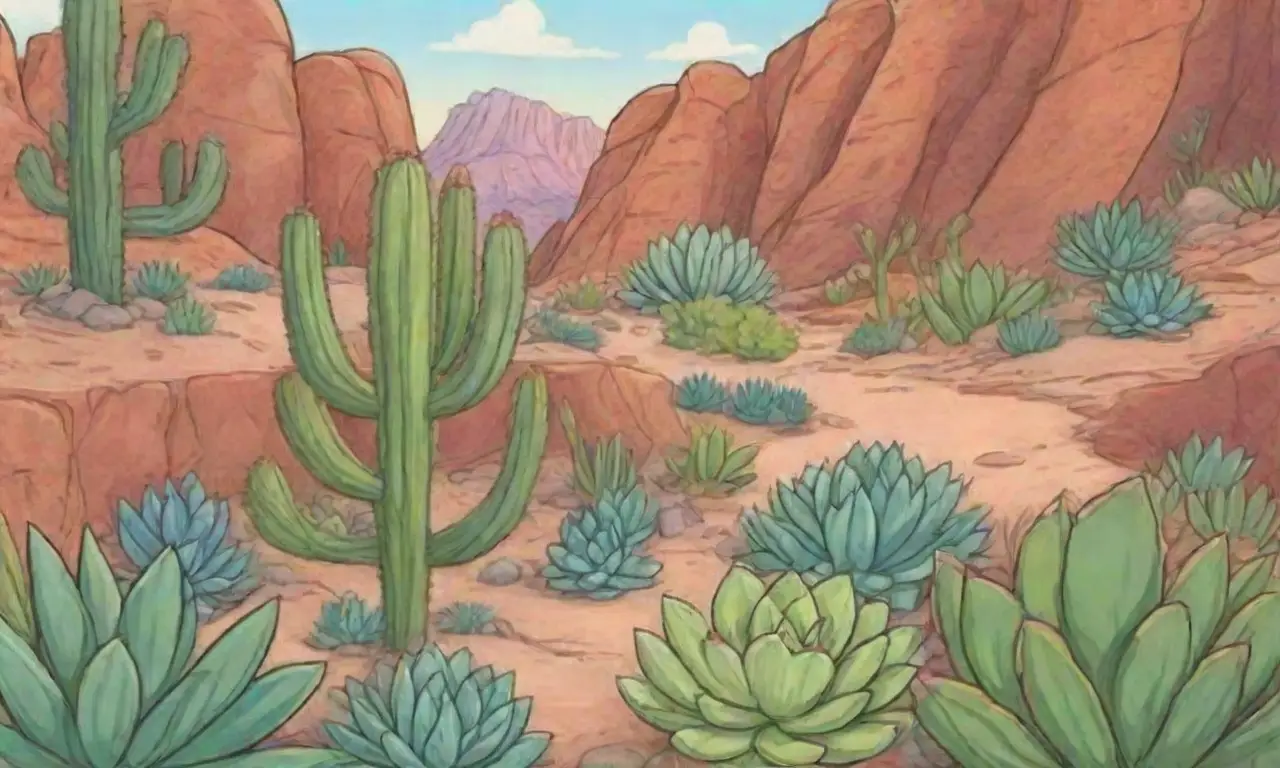
Recognizing Natural Habitats
Another crucial aspect of detecting rare succulents is understanding the habitats where they naturally grow. Many rare species thrive in specific ecosystems, often in conditions that are easily overlooked. Microclimates, for instance, are localized areas where environmental conditions differ from the broader landscape, creating unique opportunities for rare plants to flourish.
For example, if you are exploring a rocky outcrop, you may find rare succulents adapted to clinging to mineral-rich crags or surviving in well-drained soils. Being aware of where these unique ecosystems exist can help improve your chances of discovering rare species.
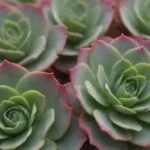 The Art of Propagating Rare Succulents for the Passionate Grower
The Art of Propagating Rare Succulents for the Passionate GrowerObserving Seasonal Changes
Seasonal changes can also affect the appearance of succulents. For instance, some rare species may exhibit different characteristics, such as leaf color or bloom production, throughout the year. Becoming familiar with how these changes manifest will enable you to fine-tune your identification skills. For example, Echeveria varieties may bloom beautifully in warmer months but lay dormant in winter, only to reveal their unique foliage patterns during cooler seasons.
Cognitive flexibility is essential, allowing you to adapt your expectations based on time and environmental factors. Intentional observation will sharpen your ability to identify different rarities and understand their growth cycles.
Practicing Responsible Collecting
The world of rare succulents is not only about identifying and collecting them, but it’s also about conservation. Many rare succulent species are under threat from habitat destruction or over-collection. As you embark on your succulent-hunting journey, it’s vital to adopt responsible collecting practices. Always avoid collecting plants from the wild unless you have the appropriate permissions and are certain that it will not jeopardize local populations.
Ensuring that your collection is ethically sourced will enhance the expression of your passion for these beautiful plants while contributing to their survival. Engaging with growers and conservatories that specialize in rare plants can also be an excellent way to obtain your desired species responsibly. By spreading awareness about responsible practices, you align yourself not just as a collector, but as a conservationist.
Conclusion
In conclusion, recognizing rare succulent species quickly involves a combination of knowledge, keen observation, active participation in the community, and a commitment to ethical practices. By understanding the characteristics of succulents, utilizing various resources for identification, and being aware of their natural habitats, you can greatly enhance your ability to spot rare varieties swiftly.
Moreover, your connections with fellow collectors, as well as embracing responsible collecting practices, will enrich your experience as an enthusiast. The botanical world is full of diversity and opportunity, and your efforts to detect rare succulents will not only benefit your own collection but will contribute positively to the conservation of these wonderful species.
As you venture forth on your succulent discovery journey, remember that every plant tells a story, and your commitment to learning more about these fascinating species will deepen your appreciation for both botany and the environment. Enjoy the process, share your experiences, and let your passion for rare succulents flourish!
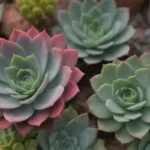 Rare Succulents: Top 10 Uncommon Varieties to Discover Today
Rare Succulents: Top 10 Uncommon Varieties to Discover TodayIf you want to read more articles similar to The Ultimate Guide to Detecting Rare Succulent Species Quickly, you can visit the Rare Succulents category.

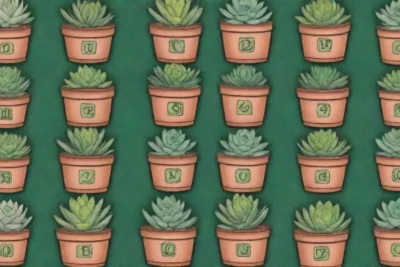
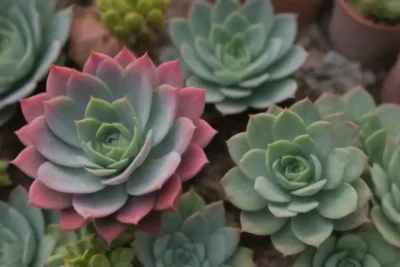
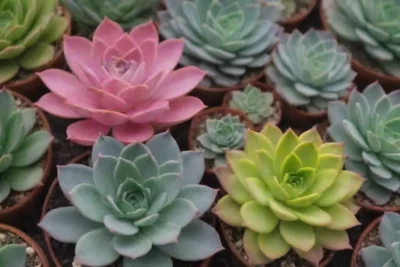
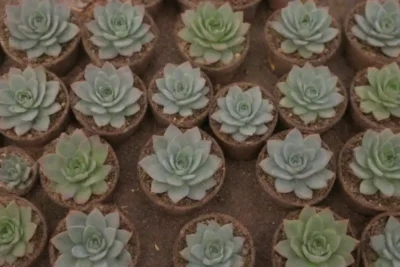
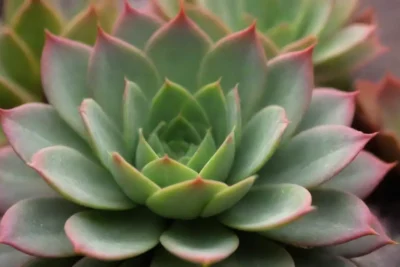
You Must Read